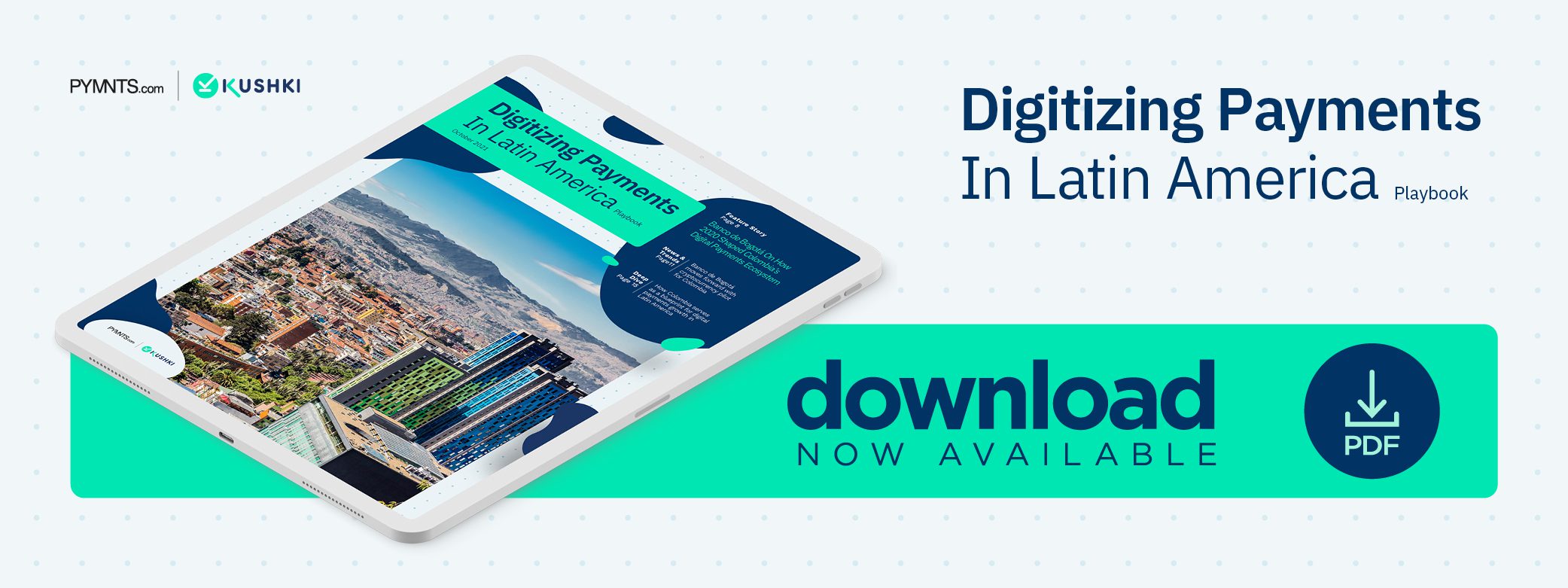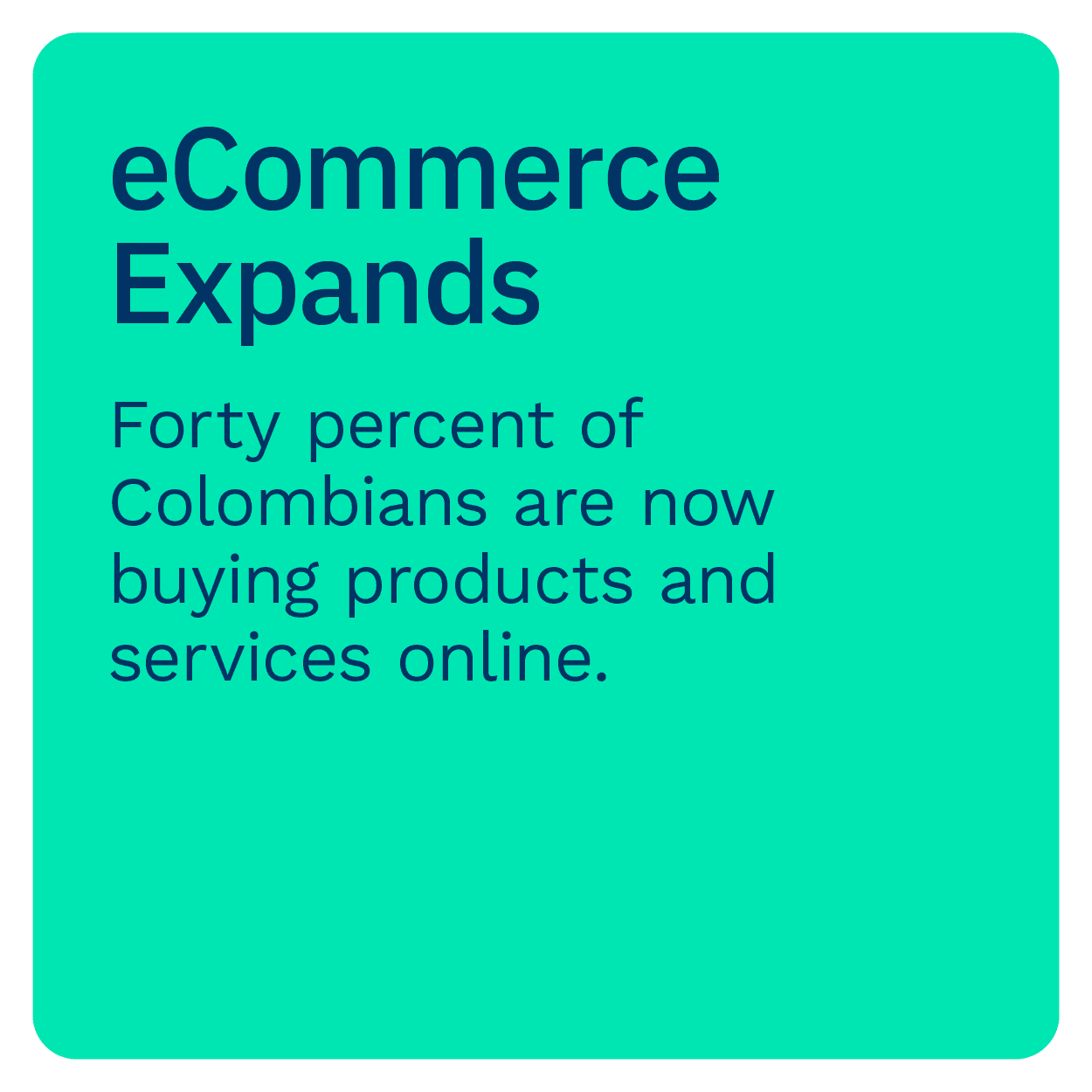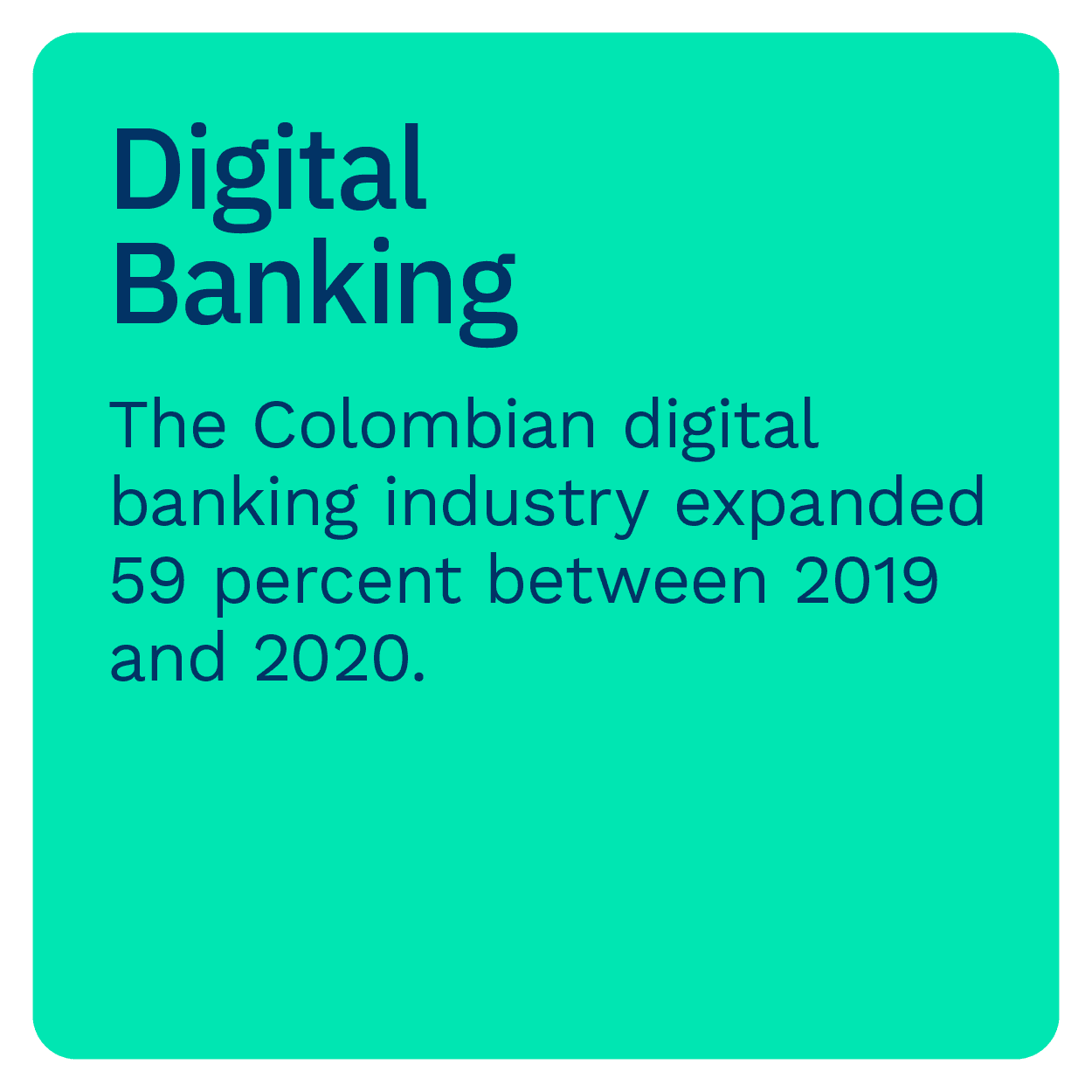Banco de Bogotá On What’s Driving Payments Digitization Forward In Colombia
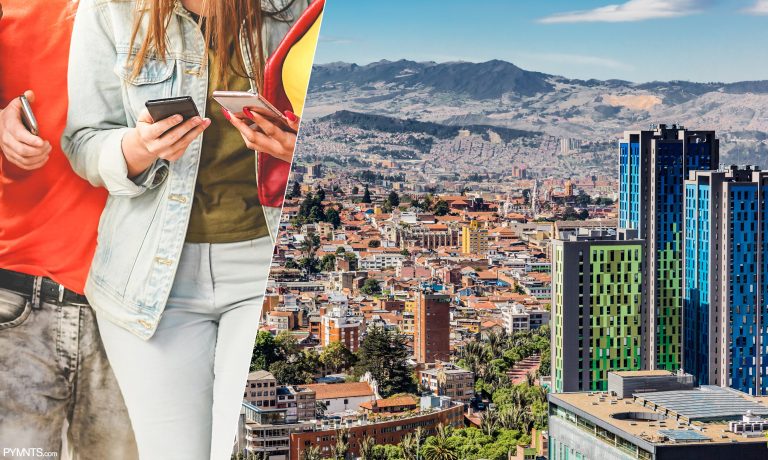
Consumers, businesses, financial institutions (FIs) and payment providers alike are all paying closer attention to Latin America as its digital payments ecosystem develops further in the wake of the global health crisis. Financial access is also expanding across the market, meaning more consumers can participate in the widening online financial space than ever before. For example, one recent report found 86% of consumers in Colombia — approximately 1.6 million individuals — who had never had a bank account signed up for one between April and November 2020.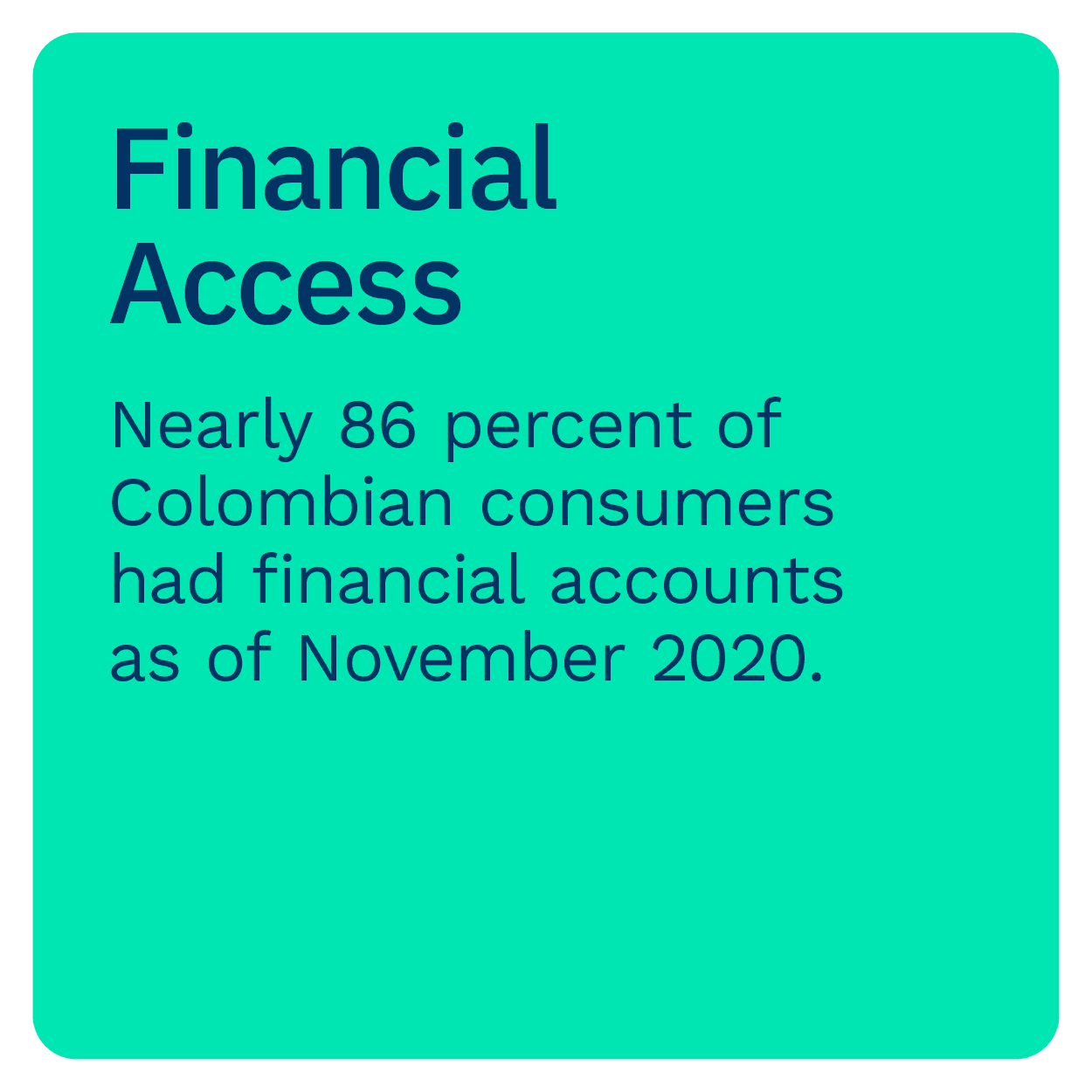
This has turned Colombia into a breeding ground for financial innovation, with startups, FinTechs and payment gateways flocking to the country to set up emerging banking and payments tools. Colombia’s government has also taken steps to open the floor to these entities, establishing a Ministry of Technology, Information and Communication (MinTIC) to focus specifically on the goal of digital transformation. This makes Colombia an intriguing market for digital payments expansion and new development, and one where payment providers seeking a foothold into the larger Latin American ecosystem may wish to focus more of their efforts.
In the latest Digitizing Payments In Latin America Playbook, PYMNTS analyzes how digital payments are taking shape inside Colombia and why examining this market could give payment providers, gateways and other financial players key insight into how they can enter the Latin American region.
Around the Latin American Payments World
Cash is still holding onto its throne in Latin America, but digital payments adoption are surging across the region, particularly in countries such as Colombia. One recent study found that Colombian payment gateways alone reported a 64% rise in transactions between 2019 and 2020, for example. This growth continued into the new year, with these gateways — which help to support payments between businesses and consumers — also seeing digital payment volume expand by 21% in Q1 2021. Such figures point to the increasing use and the growing availability of digital-first payment methods in the market, including mobile wallets and other contactless payment solutions.
Touchless payment tools are proving especially popular for consumers as they return to brick-and-mortar stores in higher numbers. Card network Visa recently reported its contactless payment cards had reached a 25% adoption rate across several Latin American markets, further stating that, on average, one out of every four transactions is now conducted using such cards. Consumers in Colombia and Peru notably pulled ahead of this curve, with Visa finding more than 40% of consumers in these two markets were now using touchless payment cards. This indicates contactless payments are becoming both more familiar and more trusted financial tools for customers across the Latin American region.
Studies conducted by card network Mastercard show that as Colombian consumers grow more comfortable with touchless payment tools, their expectations for payment and banking experiences are also changing. A report by the card network found 82% of Colombians anticipate making payments however they like, using their preferred payment method. This means meeting consumers’ personalized payment expectations is becoming more critical for merchants — online and brick-and-mortar alike — and their FIs and payment providers.
Both parties will need to pay careful attention to how consumers utilize digital payment methods. Learning how they can support consumers should be a top priority for payment providers and businesses moving forward.
For more on these and other stories, visit the Playbook’s News & Trends.
Why Colombian Merchants Must Adopt Digital-first Payment Methods to Meet Consumers’ Changing Expectations
The global health crisis profoundly affected how many consumers in Latin America paid their daily bills or made routine purchases, causing many customers who had previously clung hard to cash and brick-and-mortar stores to turn to eCommerce channels to meet their needs. Individuals in areas such as Colombia began to try out digital methods of payment alongside virtual channels, challenging cash’s grip on the country’s payment ecosystem. Adoption of digital, especially mobile, payment solutions is only set to continue, said Carlos Lindo, director of payment methods for Banco de Bogotá. To learn more about how the pandemic fundamentally changed Colombian consumers’ payment needs and preferences and what this means for the country’s merchants and banks, visit the Playbook’s Feature Story.
Deep Dive: How Colombia Can Serve as a Digital Payments Expansion Blueprint
Online shopping figures ballooned in Latin America last year, with one report finding 40% of Colombians alone are now making purchases online. A growing number of new FinTechs have rushed to gain a foothold inside of the country as migration to digital tools and channels increases, in turn making it easier for more customers to have access to online banking and payment tools. The Colombian digital banking space grew by 59% due to these developments between 2019 and 2020. Examining how digital payments continue to take shape in the market could give payment providers a key blueprint for entering the wider Latin American market. To learn more about why analyzing the Colombian payments landscape could be critical for payment providers, visit the Playbook’s Deep Dive.
About the Playbook
The Digitizing Payments In Latin America Playbook, done in collaboration with Kushki, examines the latest digital payments developments in Latin America, including how payment services providers can support consumer demands and gain a foothold within the region.
